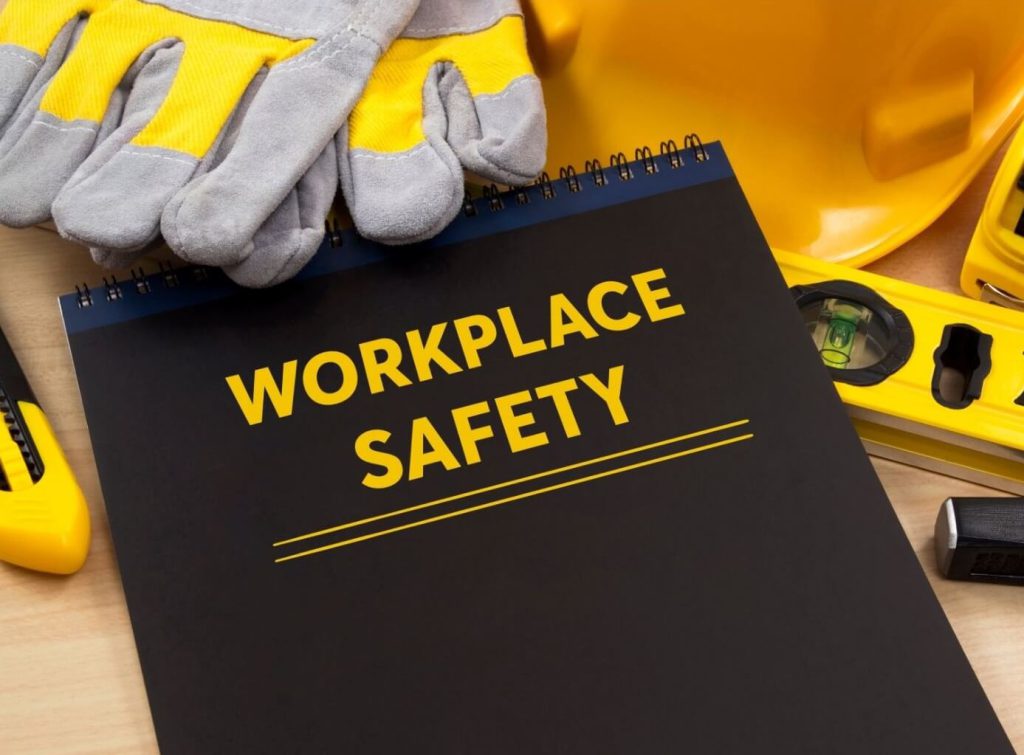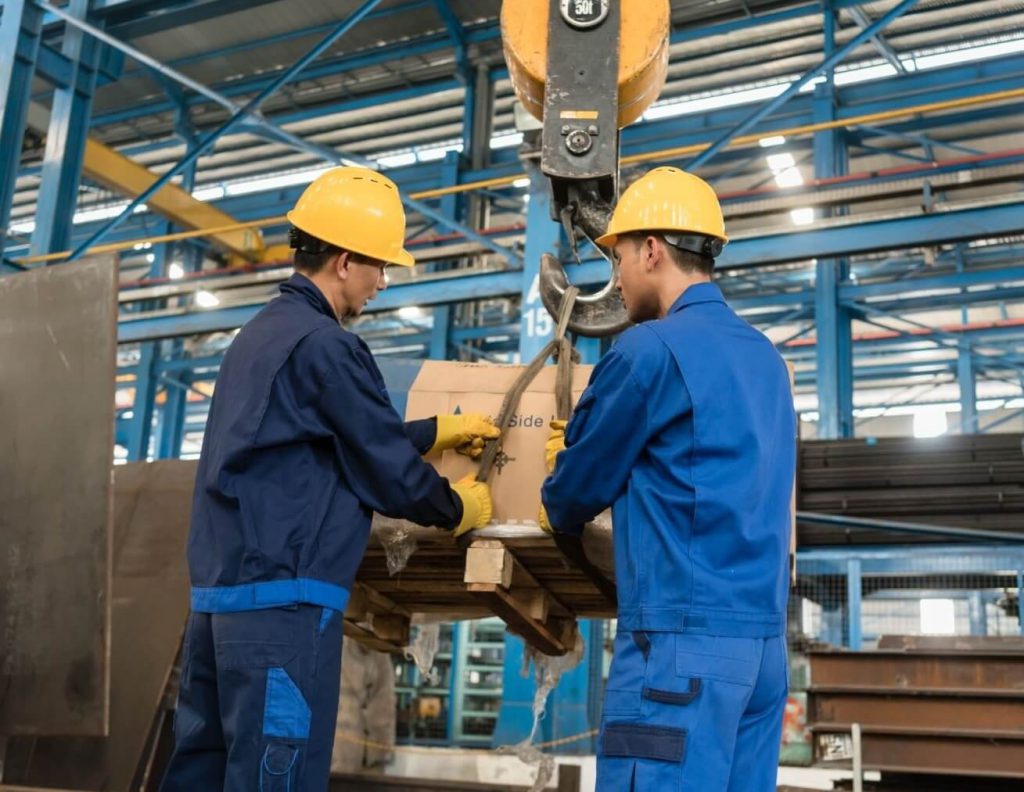
The Manual Handling Operations Regulations 1992 (MHOR) are UK workplace safety regulations designed to protect employees from injuries caused by lifting, carrying, pushing, or pulling heavy loads. These regulations place legal responsibilities on employers and employees to minimize risks associated with manual handling tasks, including lifting tiles, construction materials, and other heavy objects.
A key principle in manual handling safety is the TILE approach, which helps assess and manage risks effectively.
This guide provides a summary of the regulations, TILE principles, and key facts to ensure compliance and improve workplace safety.
What is Manual Handling?
Manual handling involves lifting, carrying, pushing, or pulling loads by hand or using bodily force. Poor manual handling can lead to injuries such as muscle strains, back pain, and repetitive strain injuries (RSIs).
Examples of Manual Handling Tasks:
- Lifting and stacking tiles or bricks on a construction site.
- Moving heavy equipment in a warehouse.
- Carrying bags of cement, plasterboard, or pipes.
- Transporting tiles, flooring materials, or large panels.
Fact: According to the Health and Safety Executive (HSE), over one-third of all workplace injuries are related to manual handling.

Summary of the Manual Handling Operations Regulations 1992
The Manual Handling Operations Regulations 1992 require employers to:
- Avoid hazardous manual handling tasks where possible (e.g., using mechanical aids like forklifts or tile lifting devices).
- Assess risks if manual handling is necessary.
- Reduce risks as much as possible by improving workplace practices.
- Provide training on proper manual handling techniques.
Example: If lifting ceramic tiles manually is unavoidable, an employer should ensure workers use correct lifting techniques or mechanical assistance (e.g., tile suction lifters).
What is TILE in Manual Handling?
The TILE approach is a risk assessment method used to reduce the risk of injuries during manual handling.
TILE Stands for:
| Factor | Explanation | Example (Tile Lifting Scenario) |
| T – Task | What is involved in the lifting process? | Carrying heavy tiles across a construction site. |
| I – Individual | Who is doing the task, and what are their capabilities? | Does the worker have previous injuries or limitations? |
| L – Load | What are the characteristics of the object being lifted? | Is the tile stack heavy, awkward, or unstable? |
| E – Environment | Where is the task being performed? | Is the floor slippery? Is there enough space to move safely? |
Tip: Use TILE to assess risks before lifting heavy objects and make adjustments to prevent injuries.

Key Facts About Manual Handling Regulations
Employers’ Responsibilities
- Identify and minimize manual handling risks.
- Provide training on proper lifting techniques.
- Ensure workers have suitable lifting equipment when necessary.
- Conduct TILE risk assessments before assigning manual handling tasks.
Employees’ Responsibilities
- Follow safe lifting techniques.
- Use lifting aids when available (e.g., tile lifters, trolleys).
- Report any unsafe conditions or injuries to employers.
Fact: Employers can be held legally responsible if they fail to comply with MHOR 1992 and workers suffer manual handling injuries.
Safe Manual Handling Techniques for Lifting Tiles
- Assess the weight – Test if the load is manageable before lifting.
- Bend your knees, not your back – Use your legs to lift.
- Keep the load close to your body – Reduces strain on the spine.
- Avoid twisting your body – Move your feet instead of rotating your torso.
- Use a team lift – For heavy loads, share the weight with a colleague.
- Use lifting aids – Tile suction lifters or carts reduce manual effort.
Tip: When handling large tiles or multiple stacks, divide the load to make lifting easier.

Penalties for Non-Compliance with Manual Handling Regulations
Failure to comply with MHOR 1992 can result in:
- Legal action from the Health and Safety Executive (HSE).
- Fines or penalties for employers neglecting workplace safety.
- Compensation claims from injured employees.
Fact: Businesses that ignore manual handling safety may face higher insurance costs due to workplace injury claims.
Conclusion
The Manual Handling Operations Regulations 1992 protect workers from injuries caused by improper lifting techniques. The TILE approach helps assess and reduce risks by considering the Task, Individual, Load, and Environment.
Key Takeaways:
- Employers must minimize manual handling risks and provide training.
- Workers should follow safe lifting techniques to prevent injuries.
- TILE assessments help create a safer manual handling process.
- Using lifting aids, proper posture, and teamwork reduces injury risks.
Stay safe! Apply TILE principles and proper manual handling techniques to prevent injuries and ensure compliance with workplace safety laws.
